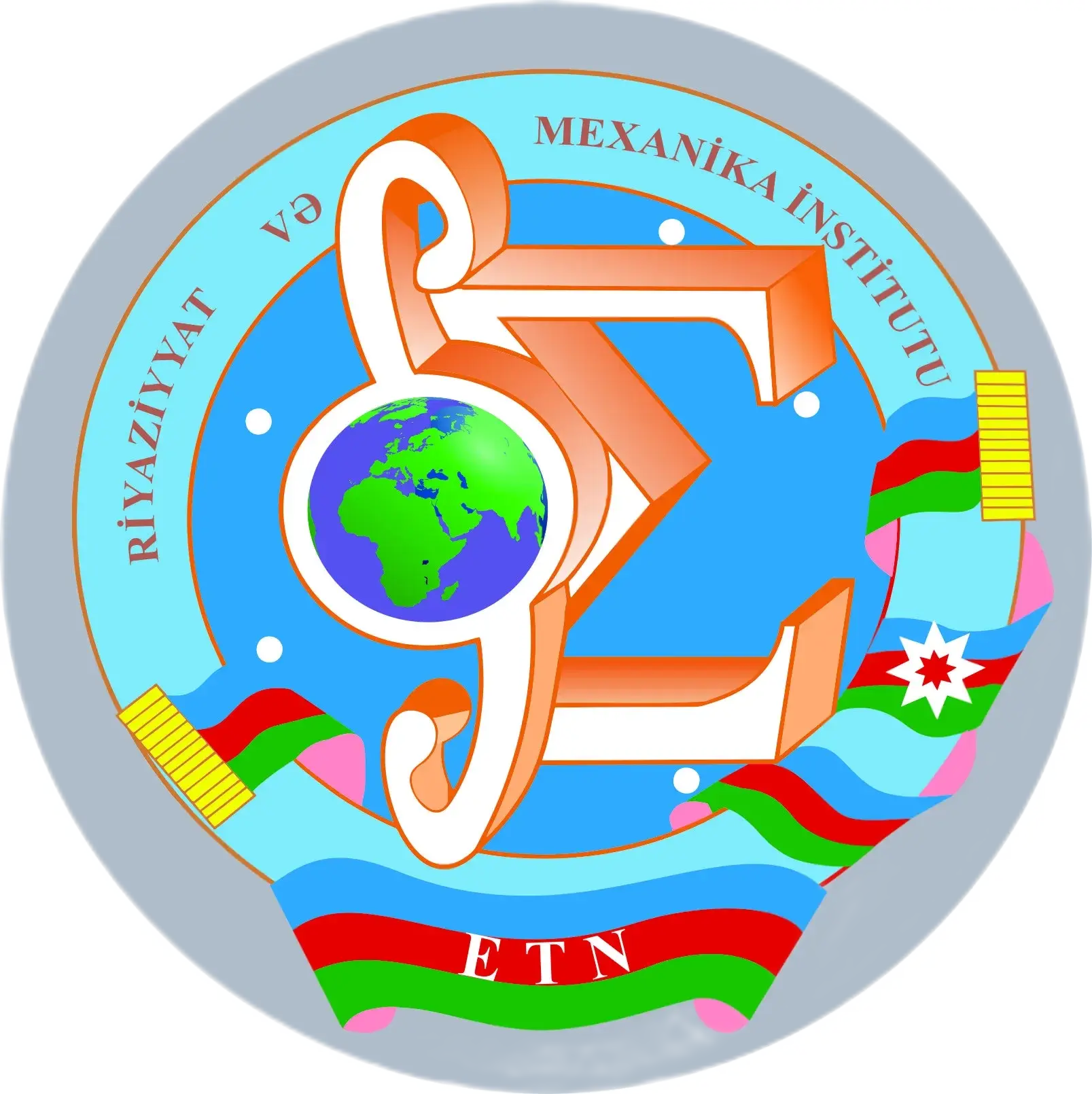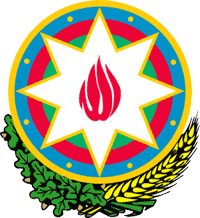



31/03/2021

103 years have passed since one of the most difficult and tragic pages in the history of the Azerbaijani people – the day of the genocide of Azerbaijanis committed by the Armenian Dashnaks with the assistance of the Bolsheviks. Over the past two centuries, Azerbaijanis have been subjected to genocide by the Armenians many times. Thus, in March 1918, the Bolshevik detachments, consisting mainly of Armenians and led by the notorious Stepan Shahumyan, who was appointed head of the Baku Council of People’s Commissars and has the power over Baku, dealt a tragic blow to the people of Azerbaijan. To implement his idea – to form a state of “Great Armenia” – Shahumyan decided to attack civilians.
The bloody fighting lasted for four days, during which more than 20 thousand Azerbaijanis, including women, children and the elders, lost their lives just because of their nationality.
The tragedy began on March 31, 1918, when the capital continued to celebrate the Novruz holiday. Azerbaijanis were assasinated by the most terrible and perverse methods – buried alive, tortured, locked in mosques, which were then set on fire. The most terrible thing is that this plan was implemented en masse-not only in Baku, but also in a number of regions, such as Karabakh, Shamakhi, Guba, and Lankaran. The Armenians also massacred local Jews and Lezgins living in Guba.
The Extraordinary Commission of Inquiry, which included the best lawyers of the time, including Russians, Jews, Poles, Georgians and even Armenians, based on the evidence, opened criminal cases against 194 people accused of various crimes against the civilian population, and 24 people were arrested for their crimes in Baku and about 100 in Shamakhi.
The facts of the mass murders were recorded in numerous official testimonies submitted to the Government by the Extraordinary Commission of Inquiry formed by the Azerbaijan Democratic Republic on July 15, 1918. In 1919, the Azerbaijani parliament decided to recognize March 31 as the Day of the Genocide of Azerbaijanis. In recent history, after the country gained independence, based on immutable historical facts, historical research was carried out, many books and scientific works were published, which provide reliable information about the genocide of Azerbaijanis, which began on a festive spring day in 1918.
The mass grave in Guba was discovered on April 1, 2007 during excavation work. As a result of the investigation of the burial by the staff of the Institute of Archeology and Ethnography of the National Academy of Sciences of Azerbaijan, the remains of more than 400 people were found in it. More than 50 of them were children, more than 100 were women, and the rest were elderly men. Along with the Azerbaijanis, representatives of the Lezgian, Jewish, and Tat nationalities, who were brutally murdered, are buried here. At the moment, this place is called the Guba Memorial Complex.
National leader Heydar Aliyev signed the decree “On the Genocide of Azerbaijanis” on March 26, 1998, which became the first document that gave a legal assessment of the atrocities committed by the Armenians. Since then, March 31 has been recognized as the Day of the Genocide of Azerbaijanis in Azerbaijan.
© All rights are reserved. Citing to www.imm.az is necessary upon using news.